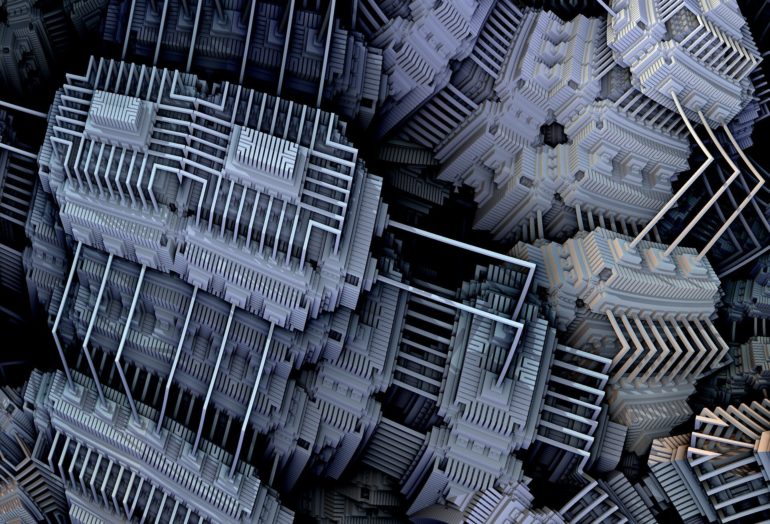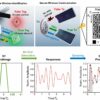For the first time, researchers have designed a fully connected 32-qubit trapped-ion quantum computer register operating at cryogenic temperatures. The new system represents an important step toward developing practical quantum computers.
Junki Kim from Duke University will present the new hardware design at the inaugural OSA Quantum 2.0 conference to be co-located as an all-virtual event with OSA Frontiers in Optics and Laser Science APS/DLS (FiO + LS) conference 14—17 September.
Instead of using traditional computer bits that can only be a zero or a one, quantum computers use qubits that can be in a superposition of computational states. This allows quantum computers to solve problems that are too complex for traditional computers.
Trapped-ion quantum computers are among the most promising type of quantum technology for quantum computing, but it has been challenging to create these computers with enough qubits for practical use.
“In collaboration with the University of Maryland, we have designed and constructed several generations of fully-programmable ion trap quantum computers,” said Kim. “This system is the latest in the effort where many of the challenges leading to long-term reliability is tackled head-on.”
Scaling up quantum computers
Trapped-ion quantum computers cool ions to extremely low temperatures, which allows them to be suspended in an electromagnetic field in an ultra-high vacuum and then manipulated with precise lasers to form qubits.
Thus far, achieving high computational performance in large-scale ion trap systems has…



